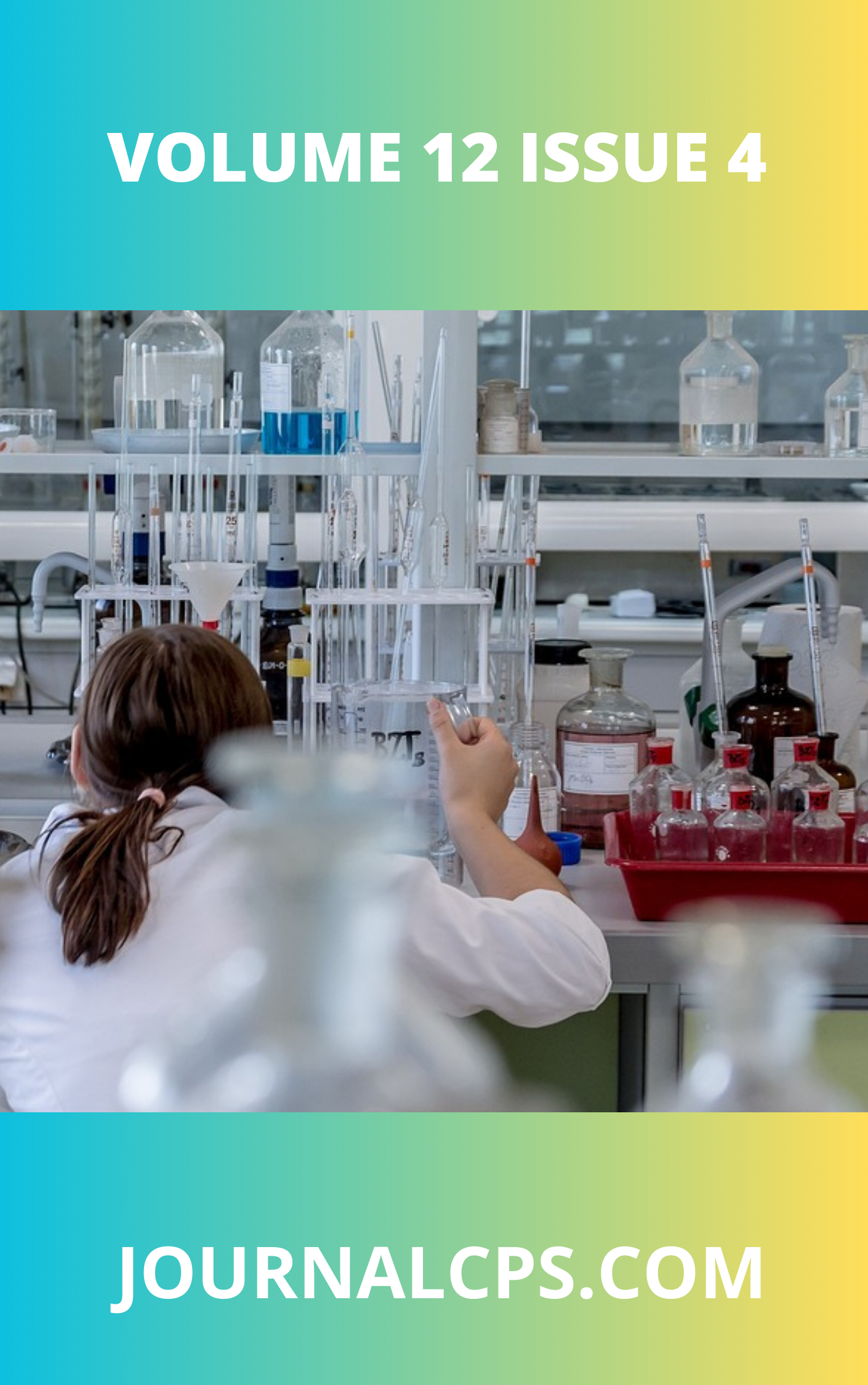Environmental Implications of Quarrying and Waste Management: A Case Study of Okhoro, Benin City
Keywords:
Waste, quarrying, stream sediments, pollution and Niger Delta BasinAbstract
This study assessed the physicochemical characteristics and heavy metal contamination of water sources impacted by a nearby dumpsite, with the aim of evaluating potential environmental and public health risks. A total of 12 samples were collected from leachate (LS), river water (WS), boreholes (BH), and profile pits (PP). Parameters analyzed included pH, electrical conductivity (EC), total dissolved solids (TDS), biochemical oxygen demand (BOD), chemical oxygen demand (COD), nitrate (NO₃⁻), phosphorus (P), and heavy metals such as iron (Fe), lead (Pb), copper (Cu), zinc (Zn), and chromium (Cr). The pH values ranged from 6.4 to 7.4, falling within WHO limits (6.5–8.5), but the EC and TDS exceeded permissible limits in most leachate and some river samples, with maximum EC and TDS values reaching 1846 µS/cm and 1200 mg/L, respectively. BOD and COD values were significantly elevated in leachate samples (up to 10.5 mg/L and 341.44 mg/L, respectively), indicating heavy organic pollution. Ammonia concentrations in leachate peaked at 12 mg/L, far exceeding the WHO limit of 0.5 mg/L, while nitrate concentrations reached 1.31 mg/L. Heavy metals such as Pb exceeded the FEPA limit of 0.05 mg/L in all samples, with the highest concentration observed in WS03 (0.145 mg/L). Iron was highest in WS04 (1.36 mg/L), also exceeding the FEPA threshold of 0.3 mg/L.Statistical analysis included Pearson correlation, which showed strong positive correlations between EC and TDS (r = 0.97), COD and BOD (r = 0.89), and Fe and Pb (r = 0.76), suggesting common pollution sources. One-way ANOVA revealed significant differences (p < 0.05) in BOD, COD, and heavy metals across the different sampling locations. Principal Component Analysis (PCA) extracted three principal components explaining 85.4% of total variance, highlighting organic load, salinity, and metal pollution as key factors. Hierarchical Cluster Analysis (HCA) grouped the sampling sites into three clusters, distinguishing highly contaminated leachate zones from moderately impacted river and borehole locations. Water Quality Index (WQI) values ranged from 102 to 291, classifying most sites as “poor” to “very poor.” Heavy Metal Pollution Index (HPI) values exceeded the critical limit of 100 at all sites, with values ranging from 135.4 to 288.6. Pollution Load Index (PLI) also confirmed significant contamination in leachate and river samples. Overall, the results indicate severe anthropogenic contamination of both surface and groundwater resources due to the proximity of the dumpsite. The findings underscore the urgent need for remediation efforts, groundwater protection strategies, and regular monitoring to safeguard environmental and public health.
Downloads
Published
Issue
Section
Similar Articles
- Ivwurie Wisdom, Gabriel A. Akindeju, Assessment of Aliphatic Hydrocarbons in Soils from Selected Areas in Agbarho Communities, Delta State, Nigeria , Communication In Physical Sciences: Vol. 8 No. 3 (2022): VOLUME 8 ISSUE 3
- Ivwurie Wisdom, Okorodudu, E.Oghenetega, Assay of Aliphatic Hydrocarbons in Soils from Selected Areas in Ughelli and its Environs, Delta State, Nigeria , Communication In Physical Sciences: Vol. 8 No. 2 (2022): VOLUME 8 ISSUE 2
- Ivwurie Wisdom, Gabriel Akindeju, Assessment of Polycyclic Aromatic Hydrocarbons in Soils from Selected Areas in Agbarho Communities, Delta State, Nigeria , Communication In Physical Sciences: Vol. 8 No. 2 (2022): VOLUME 8 ISSUE 2
- Ivwurie, Wisdom, Okorodudu, E.Oghenetega, Assay of Aliphatic Hydrocarbons in Soils from Selected Areas in Ughelli and its Environs, Delta State, Nigeria , Communication In Physical Sciences: Vol. 8 No. 2 (2022): VOLUME 8 ISSUE 2
- Yusuf James, Yisa Jonathan, Jimoh Oladejo Tijani, Razak Bolakale Salau, Elijah Yanda Shaba , Mr. , Communication In Physical Sciences: Vol. 12 No. 4 (2025): VOLUME1 2 ISSUE 4
- I. I. Ibrahim, A. Absulazeez, A. Usman, M. U. Badeggi, A. I. Muhammad, Comparative Studies on Phytochemical Constituents Andantimicrobial Activity on Three Onion Species , Communication In Physical Sciences: Vol. 7 No. 4 (2021): VOLUME 7 ISSUE 4
- Joseph Jacob, Shinggu D. Yamta, Influence of Moisture Absorption on some Mechanical Properties of Groundnut Shell Powder Reinforced Waste LDPE Composites , Communication In Physical Sciences: Vol. 7 No. 4 (2021): VOLUME 7 ISSUE 4
- Felicia Uchechukwu Okwunodulu, Stevens Azubuike Odoemelam, Remediation of effluents polluted with toxic heavy metals using Cola nitida pod husk , Communication In Physical Sciences: Vol. 8 No. 4 (2022): VOLUME 8 ISSUE 4
- Juliet E. Emudianughe, K. E. Uwuigbe, Sunday Utah, Structural Interpretation of 3D Seismic Data in Agbami Field , Communication In Physical Sciences: Vol. 7 No. 4 (2021): VOLUME 7 ISSUE 4
- Samuel Eguom Osim, Benefit Onu, Evaluation of Growth and Nutrient Profiles of Phaseolus vulgaris L. in Soil Treatment with Paint Waste Water , Communication In Physical Sciences: Vol. 8 No. 4 (2022): VOLUME 8 ISSUE 4
You may also start an advanced similarity search for this article.




